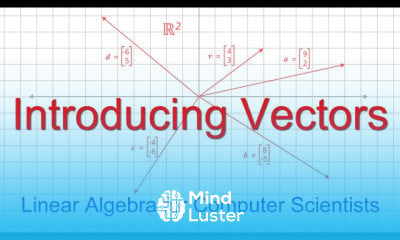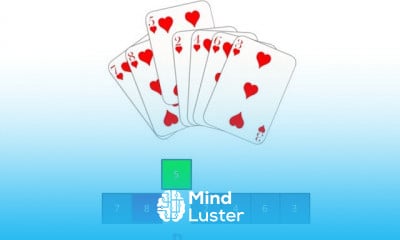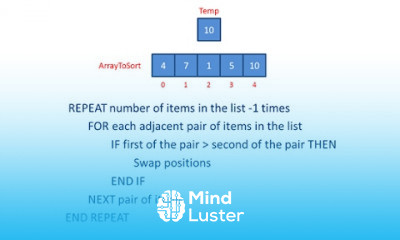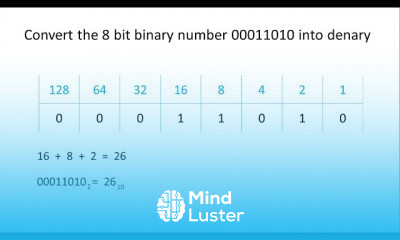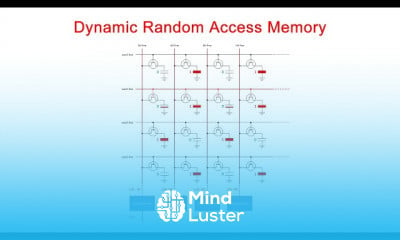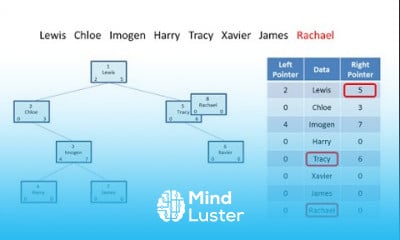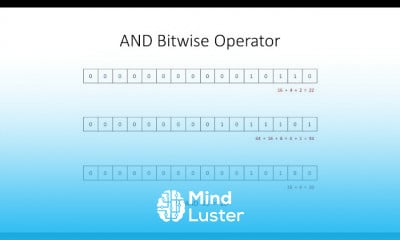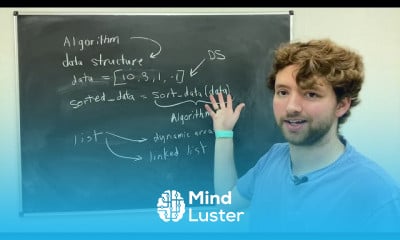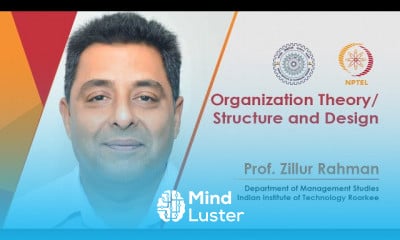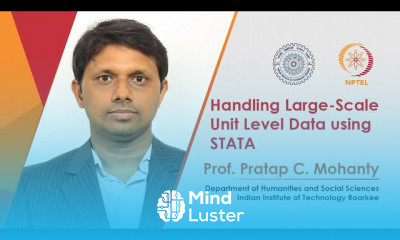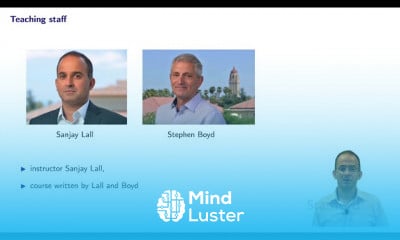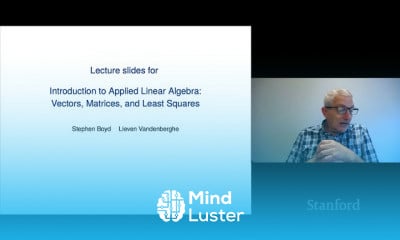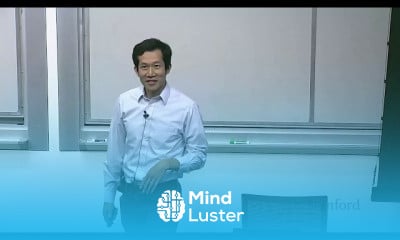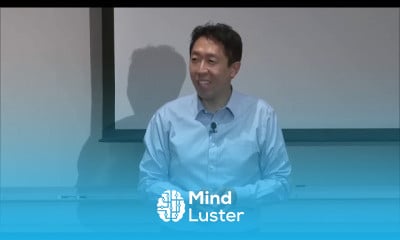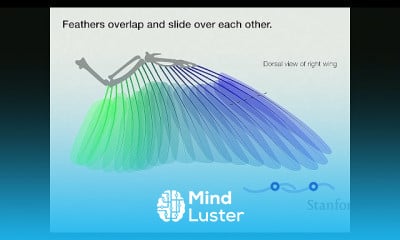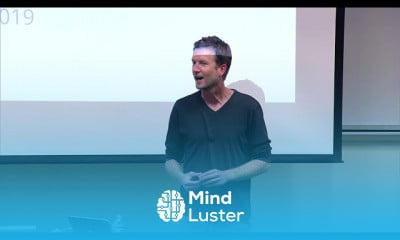Stacks and Queues Tutorial
Share your inquiries now with community members
Click Here
Sign up Now
Lesson extensions
Lessons List | 4
Lesson
Comments
Related Courses in Computer Science
Course Description
Graphs in data structures course,
in this course we will learn about the graphs in data structures, a fundamental concept for representing relationships between objects. Graphs consist of nodes (vertices) and edges (links) that connect these nodes. They are used in various applications such as social networks, transportation systems, and network topology.
We will explore different types of graphs, including undirected graphs, where edges have no direction, and directed graphs, where edges have a specific direction. We'll delve into graph representation techniques like adjacency matrices and adjacency lists, which help in efficiently storing and manipulating graph data.
The course will cover essential graph traversal methods, including Depth-First Search (DFS) and Breadth-First Search (BFS), which are crucial for exploring and navigating through graphs. We will also study shortest path algorithms, such as Dijkstra’s and Bellman-Ford algorithms, to find the shortest routes between nodes.
In addition, we will discuss minimum spanning tree algorithms like Kruskal’s and Prim’s algorithms, which are used to find the minimum set of edges connecting all nodes in a graph without any cycles. Graph coloring techniques, which assign colors to nodes such that no two adjacent nodes share the same color, will also be covered.
By the end of this course, you will have a comprehensive understanding of graphs in data structures, enabling you to apply these concepts in real-world scenarios and solve complex problems related to network analysis, optimization, and data organization.
Trends
Video editing with adobe premiere
Learning English Speaking
Control Systems CS
MS Excel
Create a website with wordPress for beginner
Python programming language
Mobile Apps from Scratch
Data Science with Python conditions
Ethical Hacking
Digital Marketing
Excel Course Basic to Advanced
AUTOMATA THEORY
WiFi hacking
Marketing
SEO for business growth for beginners
Human Psychology
The Complete Python Programming Full Course
Human Resource Management in Public Service for mangers
Android Photo editing app development
Complete WIFI Hacking Course Beginner to Advanced
Recent
Data Science with Python conditions
Reinforcement learning for game development
Machine Learning API development essentials
Building a Forza AI with Python
Deep Learning Projects with Python
Installing OpenCV for Python for beginner
Video editing with adobe premiere
Mastering adobe Illustrator CC basics
Create a website with wordPress for beginner
AI deep reinforcement Learning in Python
Kotlin programming essentials bootcamp
Brainstorming on data science
Python mySQL database connection
Model deployment on unix for beginners
Data Science knowledge test
Data science mock interview basics
Deep Learning interview questions
VIF application in python for beginners
Data science basics quiz
NLP and generative AI for beginners





